Juglans cinerea, Butternut, White Walnut Tree
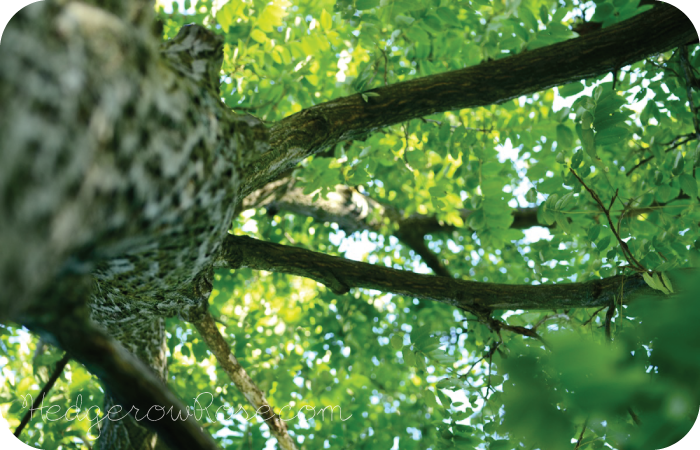
It was very exciting when my family and I pulled up in front of our house with our moving truck loaded up with all our belongings and saw our new home for the very first time. Yes, we moved here without even seeing the place yet, so we had no idea what to expect, but we were very pleasantly surprised to see it had such a lovely yard with some mature trees. One of those trees is this great big butternut, or Juglans cinerea, which rises, oh, about 50 feet into the sky with a equally large canopy and this year is loaded with butternuts.
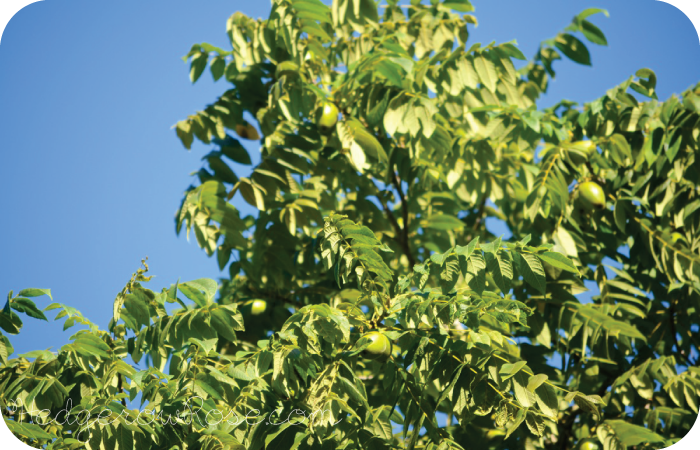 Our butternut tree is having a bumper crop of butternuts this season.
Our butternut tree is having a bumper crop of butternuts this season.
A butternut is also referred to as a “white walnut” and it truly does have the appearance of a black walnut, or Juglans nigra. Like the black walnut, a butternut is a native species to eastern United States. A deciduous tree, it grows to 40′-60′ in height, produces catkins in the spring (needs more than 1 tree for pollination), and fruits are size and shape of a kiwi which mature in late summer to early autumn. The nuts themselves are supposed to have a sweet, buttery flavor. This tree does best in full sun in rich, moist soil. In our garden, our butternut tree is the last to leaf out in the spring and the first to lose it’s leaves, turning yellow and then seemingly dropping all at once. It’s bark is very distinctively, deeply ridged in a pale greyish-brown hue.
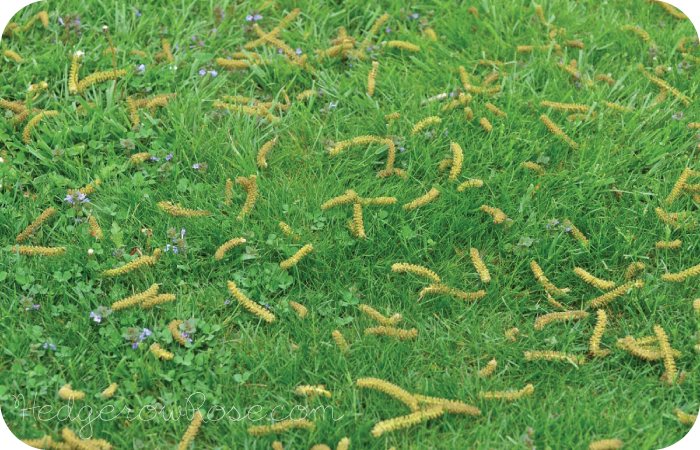
Last spring, the lawn was covered in these yellow, caterpillar-like catkins.
We do not have an additional butternut tree in our yard, but they are surprisingly plentiful in other parts of our little town, so it does well with cross-pollination. Butternuts produce heavily every couple of years or so, and this year we’re experiencing a bumper crop. Folklore will tell you that a heavily producing nut tree (or even oak tree) is a direct correlation to how severe the winter will be. If our butternut tree is any indicator, then we’re really in for it this year.
 Nuts are 1 1/2″-2 1/2″ and have these tiny, sticky hairs on the outside of the thick, green outer shell. Underneath that is a currugated, brown shell which encloses the tiny oval-shaped butternut.
Nuts are 1 1/2″-2 1/2″ and have these tiny, sticky hairs on the outside of the thick, green outer shell. Underneath that is a currugated, brown shell which encloses the tiny oval-shaped butternut.
Butternut trees, like walnuts, produce a substance called juglone which is toxic to some plant species and prevents them from competing with the tree for nutrients. Butternuts are messy to harvest, staining hands with the brownish-black tannins in the shell of the nut. Our squirrels are having a field day with all our butternuts, and each and every one currently has a comical black goatee around their mouth (see below).
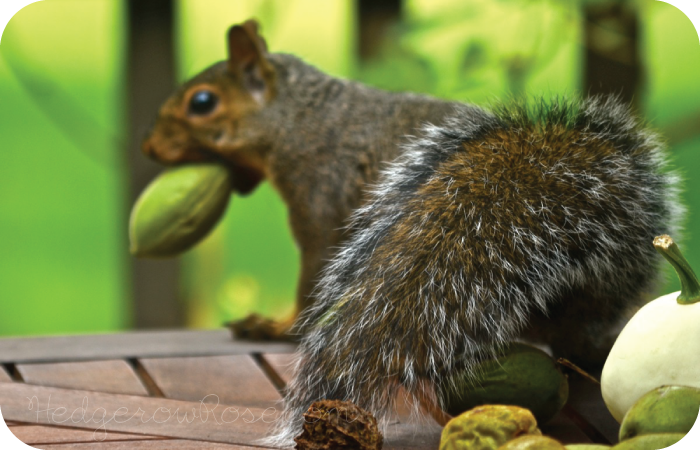 I’ve been leaving piles of butternuts on our patio table for the squirrels.
I’ve been leaving piles of butternuts on our patio table for the squirrels.
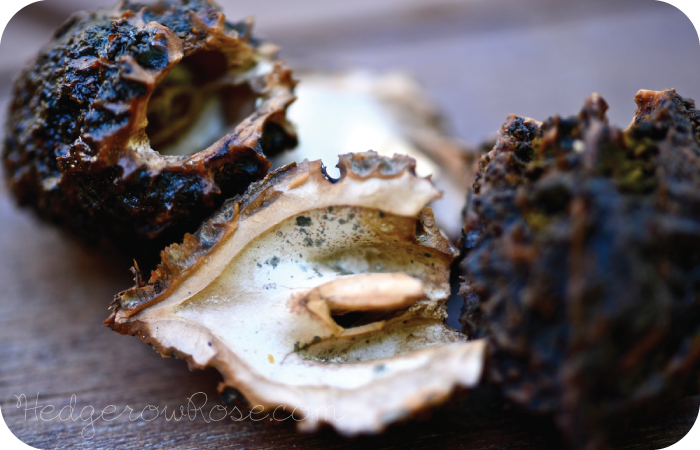 This is what they leave behind.
This is what they leave behind.
 For my own safety, I’ve avoided the canopy of our butternut tree at present. The nuts are dropping like rain and they’re heavy as rocks.
For my own safety, I’ve avoided the canopy of our butternut tree at present. The nuts are dropping like rain and they’re heavy as rocks.
Evidently butternuts make for some good eats, but I wouldn’t know because the process of getting those tiny nuts out of their layers of protective shells, seems like a lot of work! One of these days I will get motivated enough to try it, but it does involve boiling the nuts and of course wearing protective gloves while removing the shells so it doesn’t stain your hands. For now, I’m letting the critters fill their bellies with this year’s crop.
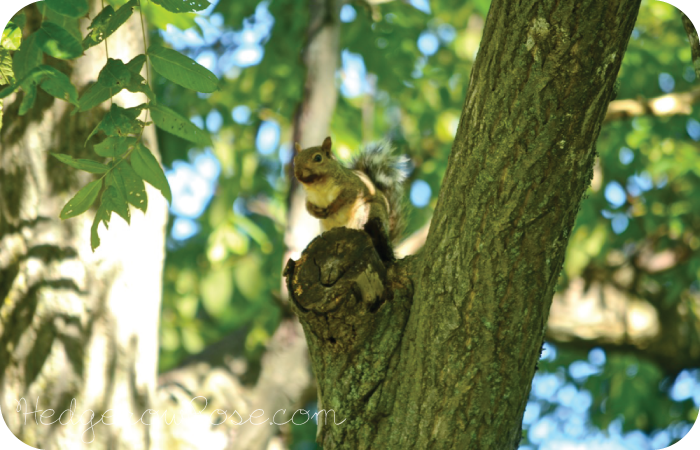
The squirrels are quite enjoying the plentiful season. The sound of them chipping away at the hard outer shells high up in the canopy is a constant these days. Notice their goatees from the tannins in the shell?
Sadly, there are fewer and fewer butternuts left due to the Sirococcus clavigignenti-juglandacearum fungus, or “butternut canker” which attacks the tree through buds, insect and leaf scars and other openings into the tree, killing branches and eventually spreading to the rest of the tree via the fungus’ spores. Butternut canker can survive for a couple of years on a dead tree subsequently infecting others, and has contributed to as much as an 80% decrease in butternut trees in some states (source). For more information on saving the butternut tree, click HERE.
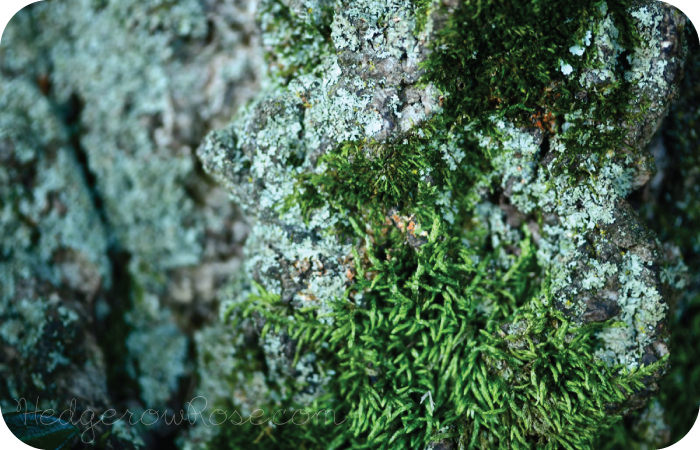
The bark of a butternut tree is heavily furrowed. The base of our tree is covered with gorgeous lichens and mosses.
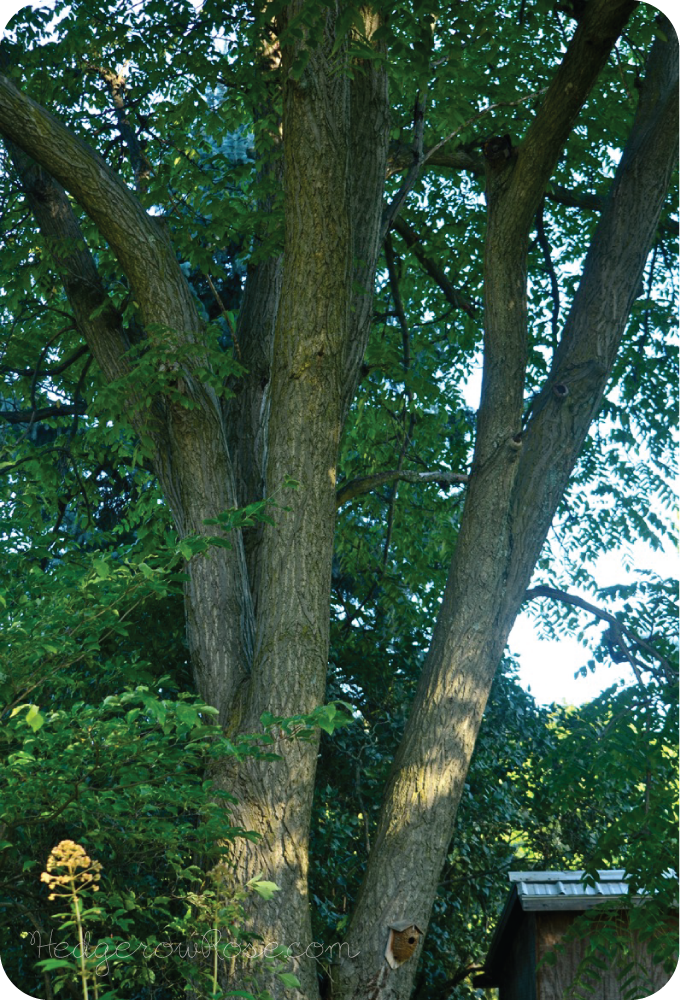 We feel very fortunate to have such beautiful Juglans cinerea tree growing in the yard and hope it survives for many more years to come.
We feel very fortunate to have such beautiful Juglans cinerea tree growing in the yard and hope it survives for many more years to come.


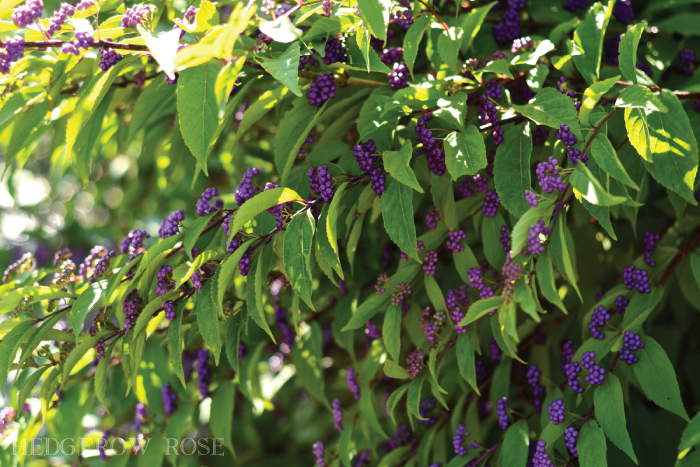
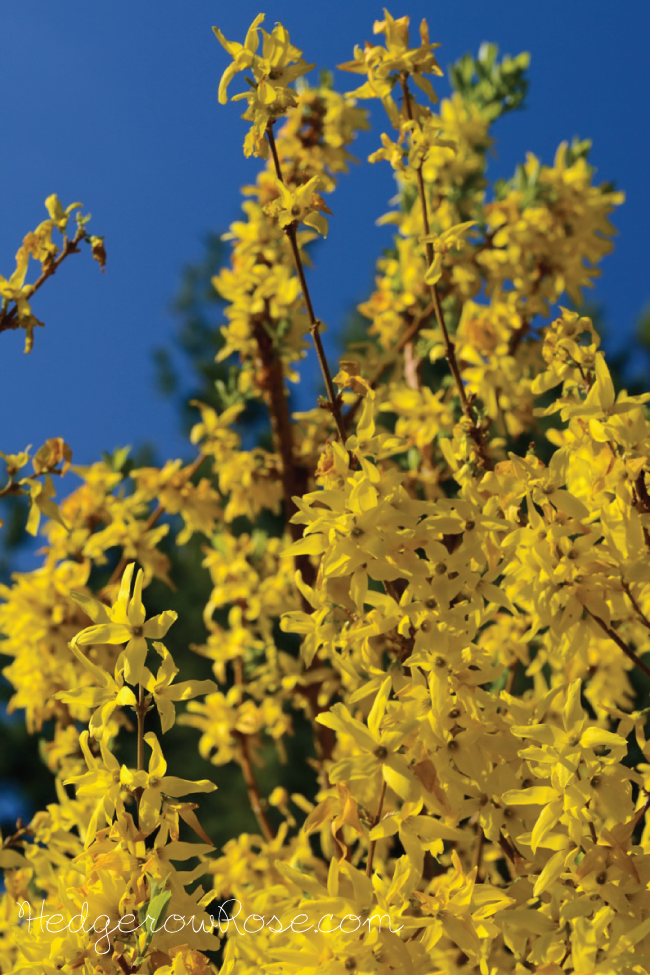
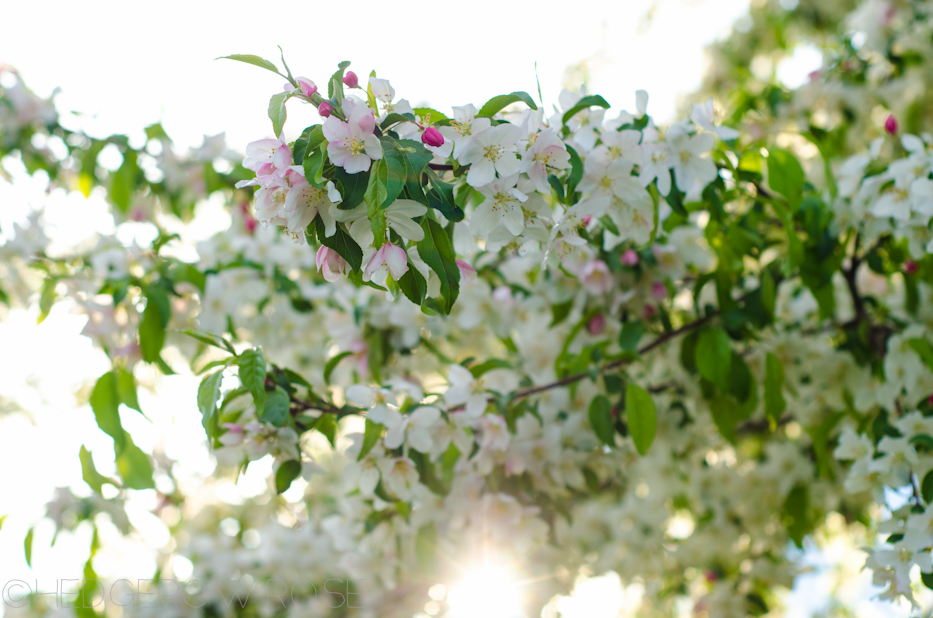
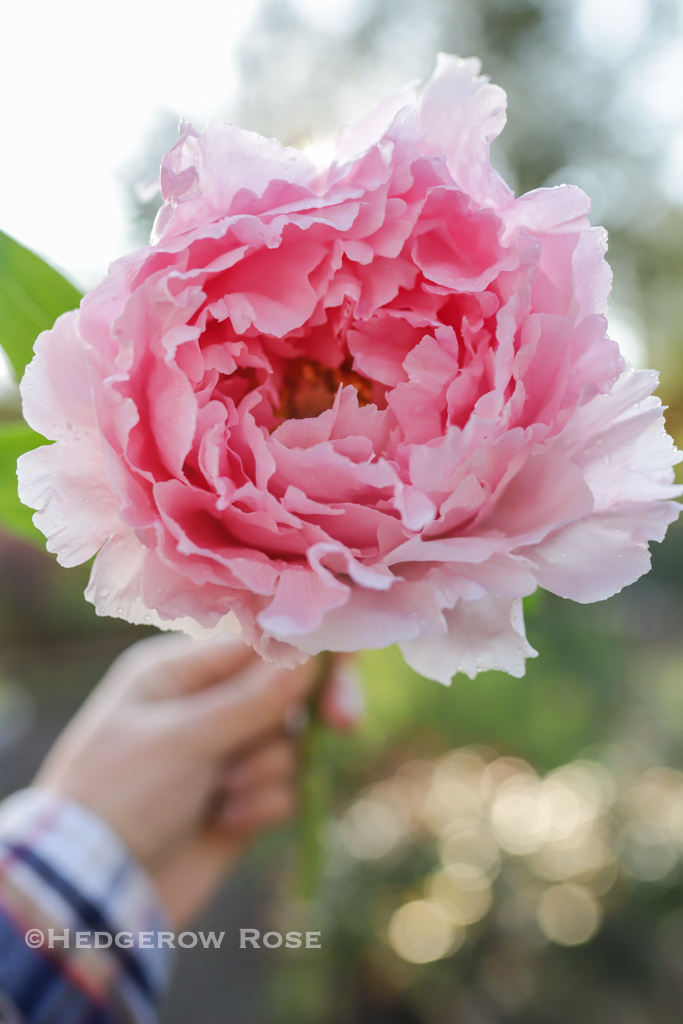
We have butter nut trees on our farm.
What is the going price for shelled buternuts or butternut meats?
I have no idea! I’ve never purchased them before. Good luck with your search!
$6 pound unshelled on native nuts.com
Thank you Janet!
Dear Hedgerow Rose: I have a wealthy friend from Europe that wants to purchase and ship overseas , 250,000 butternut/english/white saplings 2-5 years of age say by April 2017. Would you or anyone you know be able to take care of an order like this. thank you.
Hi Gary, I’m sorry I cannot help with this but have you tried Google searching? PS I removed your full name and phone number from your comment to protect your privacy.